Table of Contents
- USCIS Federal Poverty Guidelines for 2023 Immigration | Updated
- Uscis Poverty Guidelines For 2024 - Image to u
- Uscis Poverty Guidelines 2024 Pdf - Janna Loraine
- Uscis Poverty Level 2024 - Lonee Rafaela
- USCIS Federal Poverty Guidelines for 2023 Immigration | Updated
- USCIS Federal Poverty Guidelines for 2023 Immigration | Updated
- 2024 Poverty Guidelines Chart Uscis 2024 - Grace Bernelle
- Uscis Poverty Level 2024 - Lonee Rafaela
- Uscis Poverty Guidelines For 2024 - Image to u
- 2024 Poverty Guidelines Chart Uscis Case - Kaye Jorrie
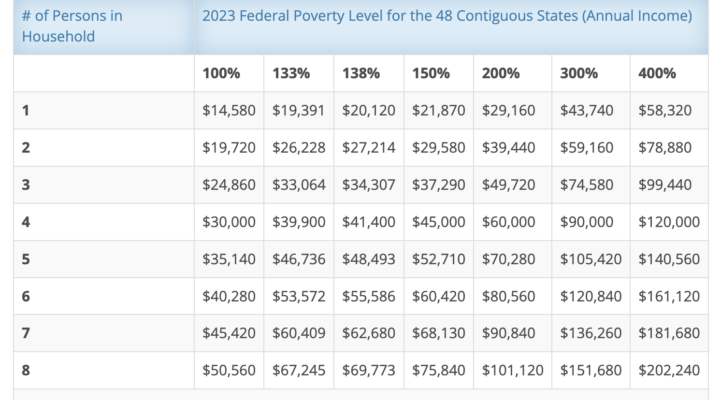

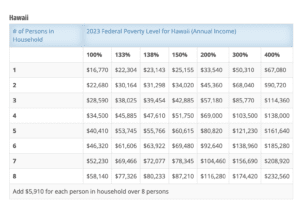
What are the HHS Poverty Guidelines?
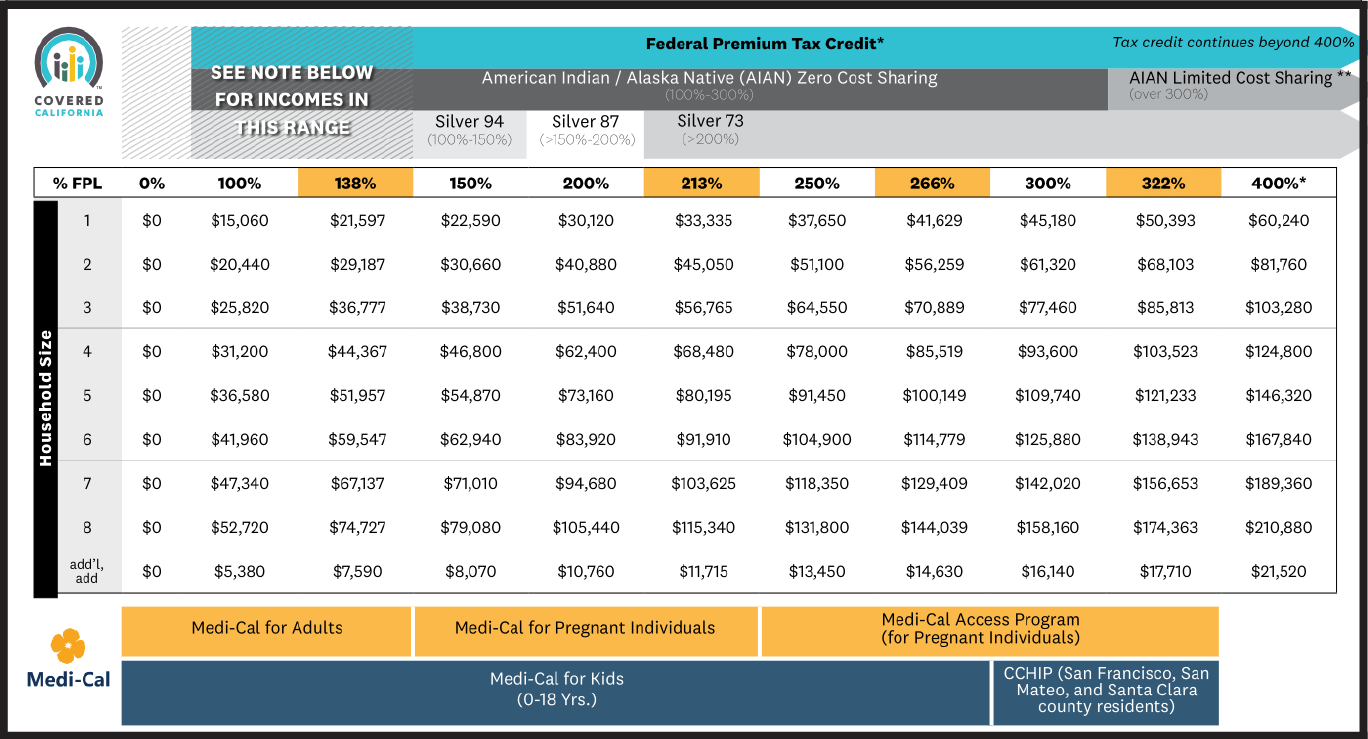
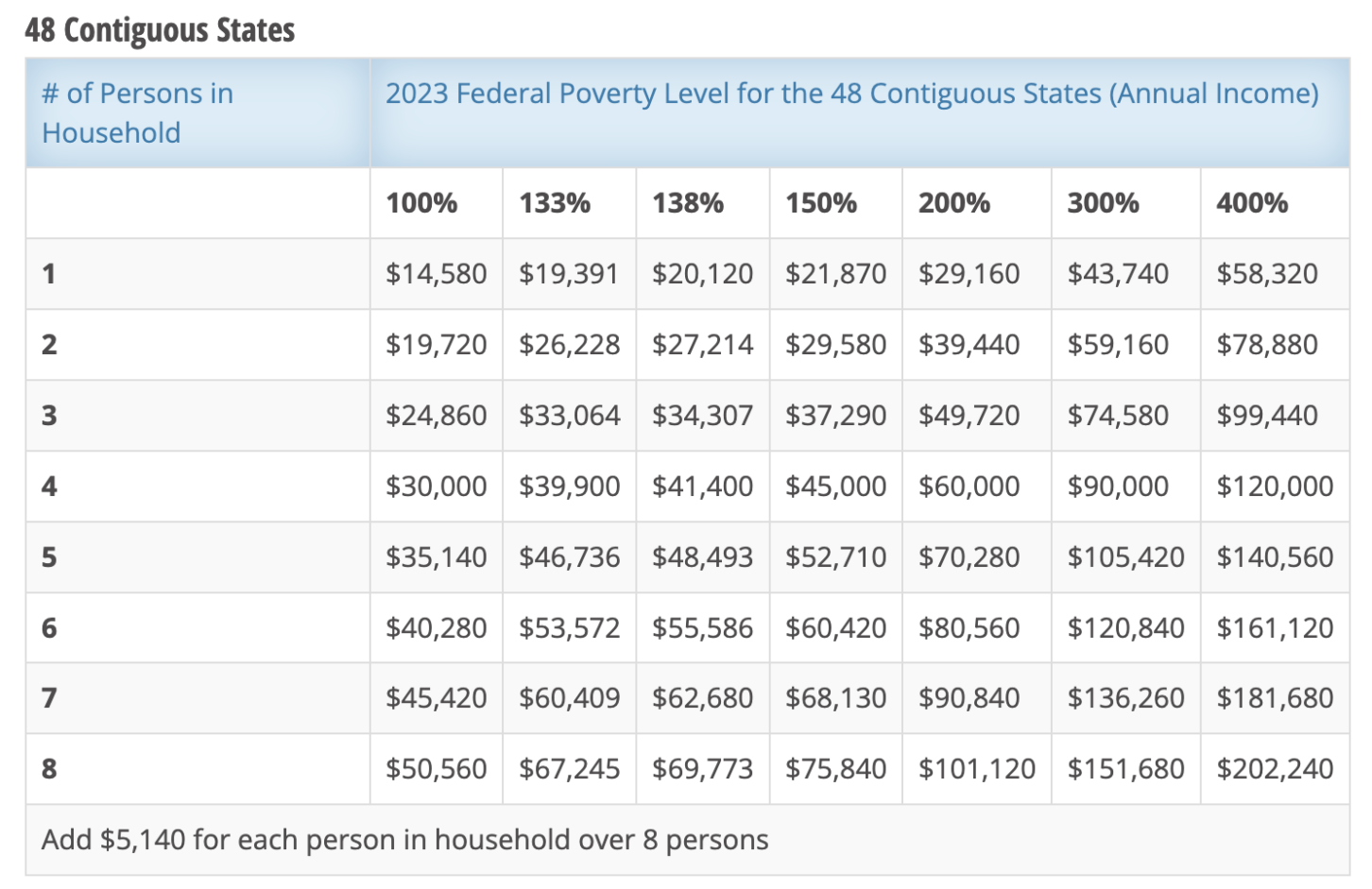
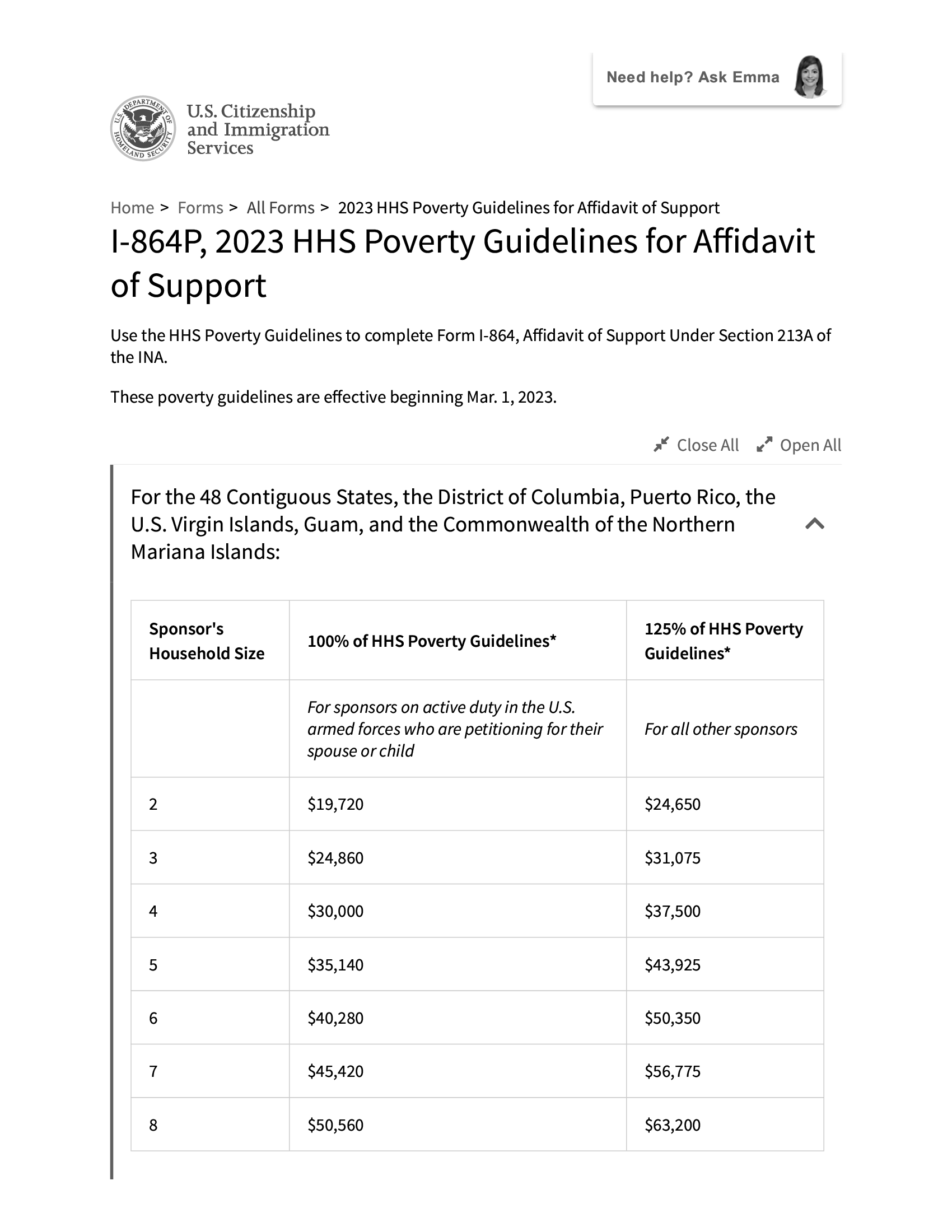
Annual Update Process



Impact of the Annual Update
The annual update of the HHS Poverty Guidelines has a significant impact on individuals and families who rely on government programs and benefits. The updated guidelines can affect eligibility for programs, such as Medicaid and SNAP, and can also impact the amount of benefits received. For example, if the poverty guidelines increase, more individuals and families may become eligible for programs, while a decrease in the guidelines may result in fewer individuals and families being eligible.
Key Takeaways
The HHS Poverty Guidelines are updated annually to reflect changes in the Consumer Price Index (CPI). The updated guidelines are published in the Federal Register and are used to determine eligibility for government programs and benefits. The guidelines are based on the size of the family and the number of individuals in the household. The annual update can impact eligibility for programs, such as Medicaid and SNAP, and can also affect the amount of benefits received. The annual update of the HHS Poverty Guidelines is a crucial process that affects millions of individuals and families across the United States. Understanding the significance of these guidelines and the annual update process can help individuals and families navigate the complex system of government programs and benefits. By staying informed about the updated guidelines, individuals and families can ensure they receive the benefits and services they are eligible for. For more information on the HHS Poverty Guidelines and the annual update process, visit the Federal Register website or contact your local social services office.This article is for informational purposes only and is not intended to provide legal or financial advice. If you have questions or concerns about the HHS Poverty Guidelines or government programs, please consult with a qualified professional or contact your local social services office.